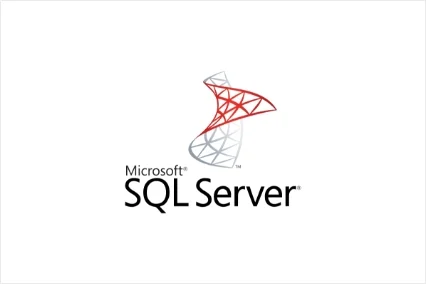Interview Questions
1. What is the difference between Cluster and Non Cluster Index?
A clustered index determines the order in which the rows of the table will be stored on disk – and it actually stores row level data in the leaf nodes of the index itself. A non-clustered index has no effect on which the order of the rows will be stored.
Using a clustered index is an advantage when groups of data that can be clustered are frequently accessed by some queries. This speeds up retrieval because the data lives close to each other on disk. Also, if data is accessed in the same order as the clustered index, the retrieval will be much faster because the physical data stored on disk is sorted in the same order as the index.
A clustered index can be a disadvantage because any time a change is made to a value of an indexed column, the subsequent possibility of re-sorting rows to maintain order is a definite performance hit.
A table can have multiple non-clustered indexes. But, a table can have only one clustered index.
Non clustered indexes store both a value and a pointer to the actual row that holds that value. Clustered indexes don’t need
to store a pointer to the actual row because of the fact that the rows in the table are stored on disk in the same exact order as
the clustered index – and the clustered index actually stores the row-level data in its leaf nodes.

Submit an interview question
Submitted questions and answers are subject to review and editing, and may or may not be selected for posting, at the sole discretion of w3Sniff.
Get Started


Comments
Leave a Comment